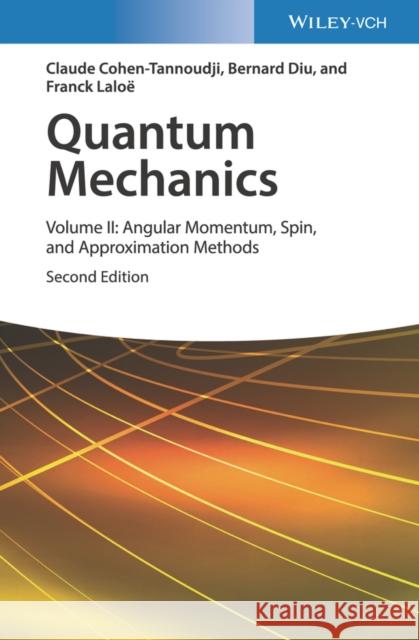Quantum Mechanics, Volume 2: Angular Momentum, Spin, and Approximation Methods » książka
topmenu
Quantum Mechanics, Volume 2: Angular Momentum, Spin, and Approximation Methods
ISBN-13: 9783527345540 / Angielski / Twarda / 2019 / 688 str.
Kategorie BISAC:
Wydawca:
Wiley-VCH Verlag GmbH
Język:
Angielski
ISBN-13:
9783527345540
Rok wydania:
2019
Ilość stron:
688
Waga:
1.44 kg
Wymiary:
24.89 x 17.02 x 3.81
Oprawa:
Twarda
Wolumenów:
01











